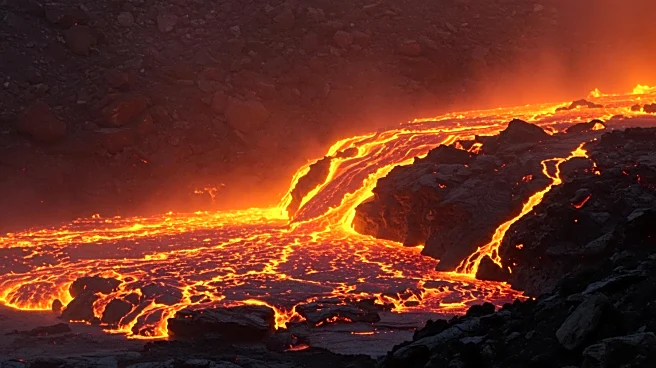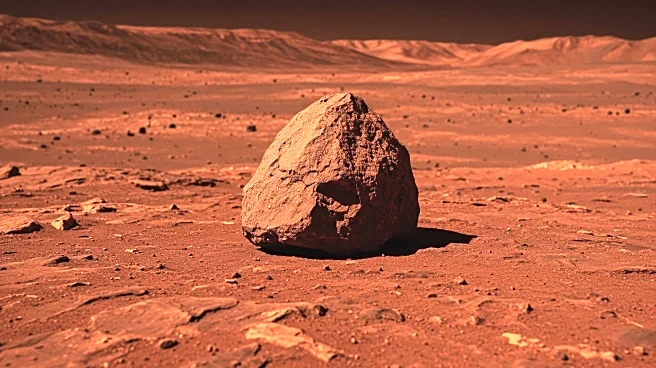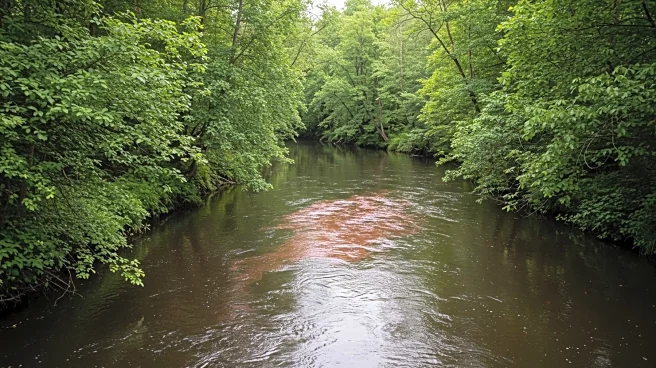What's Happening?
Hackaday has published an article exploring the geological processes involved in ore formation, particularly focusing on magmatic processes. The article discusses the natural history of ore formation, emphasizing the importance of geological conditions that lead to the concentration of valuable elements. It highlights how improvements in mining and refining technologies have made previously uneconomical ore deposits viable. The piece delves into the role of magmatic processes, such as fractional crystallization and layered igneous intrusions, in forming economically significant ore deposits. These processes are responsible for concentrating elements like chromium, nickel, copper, and platinum group elements, making them accessible for extraction.
Why It's Important?
Understanding ore formation processes is crucial for the mining industry, as it informs exploration strategies and technological advancements. The ability to identify and extract valuable elements from ore deposits has significant economic implications, driving growth in sectors reliant on metals, such as manufacturing and technology. The article underscores the evolving nature of ore classification, influenced by market demands and technological capabilities. This knowledge is vital for developing sustainable mining practices and optimizing resource utilization, ensuring that industries can meet future demands for metals and minerals.
Beyond the Headlines
The exploration of ore formation processes also touches on broader environmental and ethical considerations. As mining activities expand, there is a growing need to balance resource extraction with environmental preservation. Understanding the geological context of ore deposits can aid in minimizing ecological impact and promoting responsible mining practices. Additionally, the article highlights the potential for discovering new ore deposits on other planetary bodies, such as Mars and the Moon, which could reshape the future of resource acquisition and space exploration.











